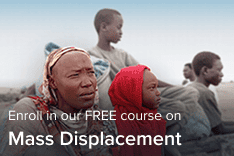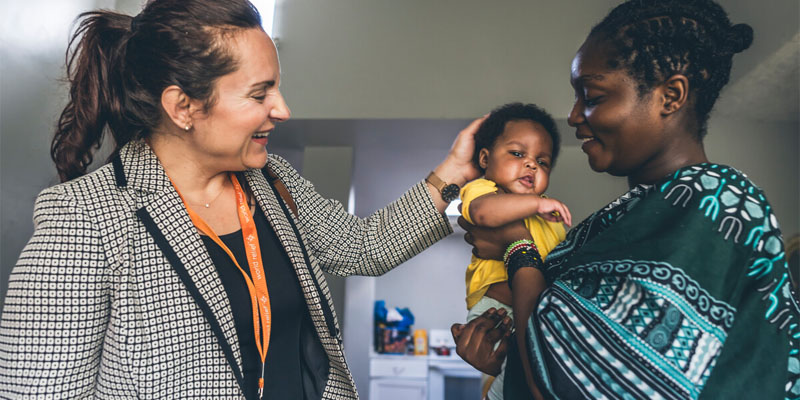Creating change isn’t easy. It isn’t fast. It doesn’t happen overnight. Change shows up day after day, month after month, and year after year. Change begins with a step.
Seven years ago, when I first began my employment journey at World Relief, I was excited to dive into my role as the Youth and Child Development Program Advisor. Up until then, I had spent my career building my skills in program design and implementation at several other organizations, and I was excited to bring what I had learned to World Relief — an organization committed to both the local church and creating lasting change in communities around the world.
Very quickly, I began asking around to find out if World Relief’s International Programs division had an overarching Theory of Change (ToC). As a programming person, I wanted to understand the overarching goal that all country offices were working toward and how each program was thought to bring about lasting change at the community level.
What is a Theory of Change?
A Theory of Change describes, in both written and visual form, how and why an organization believes change will happen in a given context. It defines a pathway of creating change that starts with the root problem and then progresses through a series of steps toward a desired outcome. A Theory of Change builds a shared understanding of how we believe change happens.
I learned that several existing documents described aspects of a Theory of Change — things like World Relief’s commitment to Integral Mission, a focus on seeing change within the family unit and a desire to see the church empowered to serve the most vulnerable — but our team lacked one core framework to guide our decision making, test our hypotheses for how change occurs and help us better measure our impact.
I knew this type of framework would be vital in helping World Relief continue growing as the organization we all feel proud to be a part of. Thus began my internal campaign to develop an International Programs Theory of Change.
Defining Our Vision for Creating Change
In 2022, my dreams for a ToC were finally realized as a group of staff from across departments and country offices came together for six months of rigorous research and lively discussions. We conducted interviews, reviewed existing documents, facilitated focus groups and held workshops to garner feedback on the theory we were developing.
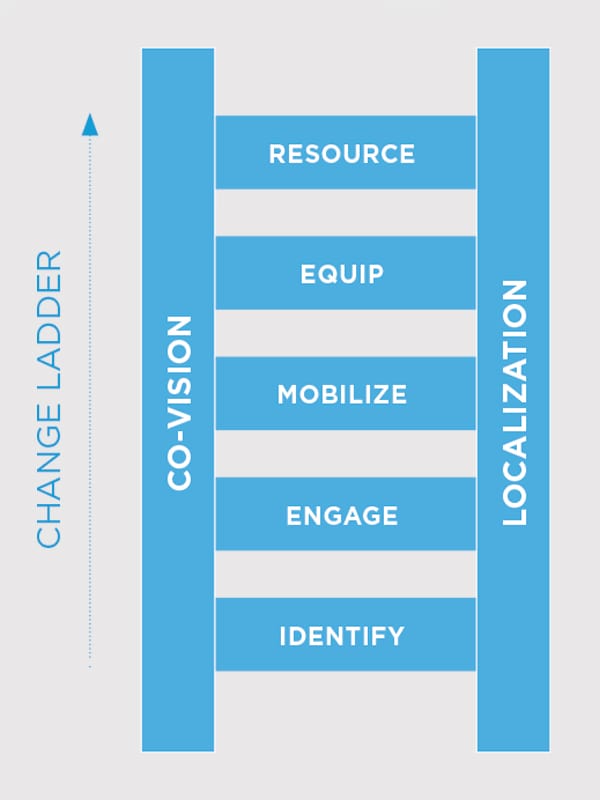
At the end of our time, the Theory of Change was born. It gave us a unifying vision across country offices: to see vulnerable people flourish free from physical, spiritual, relational, emotional and mindset poverty.
It provided us with three clear outcomes that all our programs should be aiming for:
1. Families are Healthy and Safe
2. Communities are Resilient
3. Families and Communities Have Flourishing Relationships
And it offered us a clear pathway to creating change, illustrated step-by-step in the form of a ladder.
Transformation in Burundi
As I’m writing about the change ladder, I’m reminded of a story from our work in Burundi that illustrates the steps in our change ladder beautifully. It’s about a woman named Leocadie — a wife, a farmer, a mother to eight children and a proud grandmother to 20.
Though Leocadie embodies so many qualities of a leader, for most of her life women in her community weren’t welcomed into leadership roles nor were they empowered to be a part of making decisions for their families.
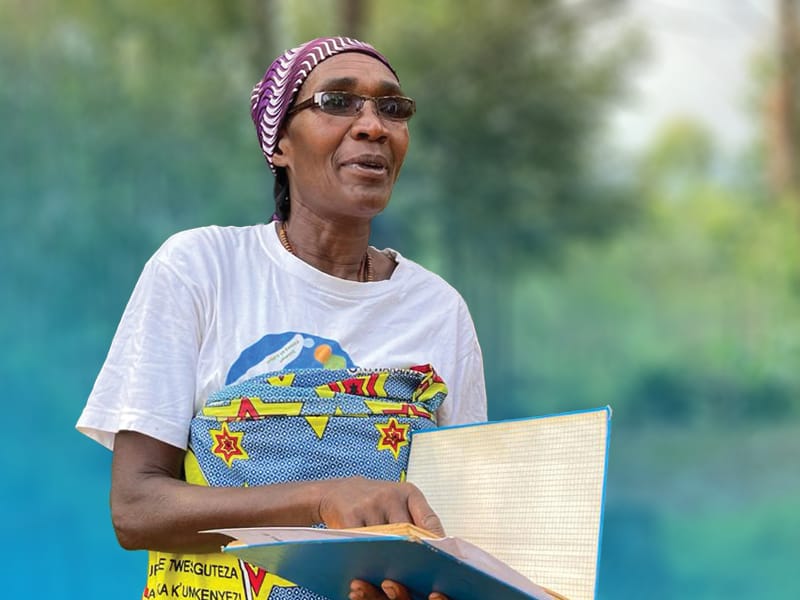
But that began to change in 2010. World Relief launched a savings program in Leocadie’s community and encouraged the inclusion of women in leadership. Leocadie’s savings group then elected her to be their group leader.
After being trained by World Relief, Leocadie began leading others. She built a community of women who met regularly to support one another as they saved money, built businesses and invested in their families’ futures.
Years later, when World Relief launched an agricultural program in her community, she stepped up to lead in this area as well. She learned new agricultural techniques from World Relief, then began training her savings group members as well. Soon, their crop yields increased and others within the community took notice.
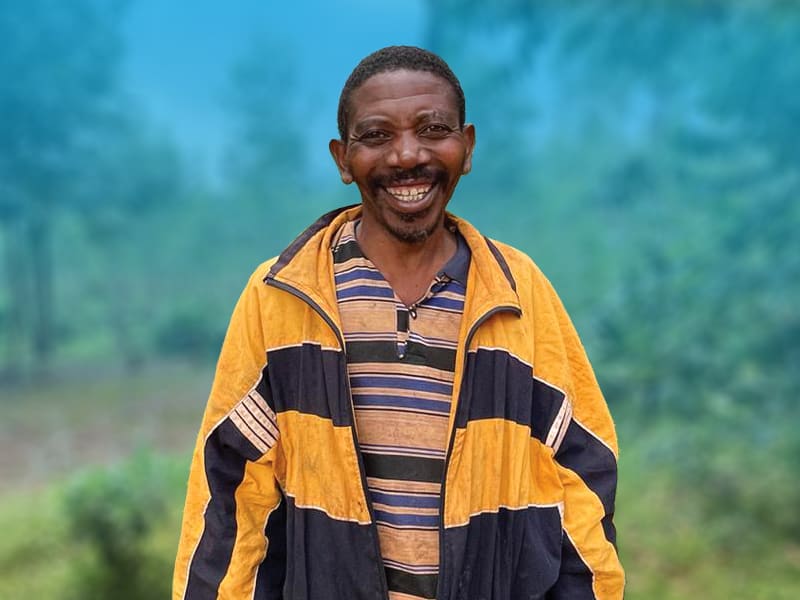
Pasteur was one of those people who noticed the group’s success so he asked Leocadie if he could join them. Today, Pasteur says his plot of land looks amazing, his income has increased and he can now easily afford to buy necessities like soap and send his kids to school. He attributes much of his success to the leadership of Leocadie and the community of women he has learned alongside.
Creating Change That Lasts
Like you, we know that true and lasting change is grounded in the reality that transformation and human flourishing are ultimately the work of God. This understanding is what gives us hope that deep change at the individual and community levels is possible, and it’s what compels us to strengthen our processes so that together, we can realize a bit of God’s kingdom on earth as it is in heaven.
The Theory of Change and subsequent change ladder doesn’t alter the kingdom-building work we’ve been doing together at World Relief. Instead, it enhances our ability to work alongside local communities as we co-labor to create change and transformation.
It offers us a clear path to identify leaders like Leocadie. It gives us a roadmap to ensure our programs are engaging, mobilizing, equipping and resourcing them to be the change agents they’re already capable of being within their own communities.
As our brothers and sisters around the world face unique challenges, our hope is that the Theory of Change will continue to bring fresh clarity and coherence to our international work that will result in higher quality programs and an increased ability to celebrate the impact that leaders like Leocadie are making all across the globe.
Read more stories of lasting change from around the globe on the World Relief blog.
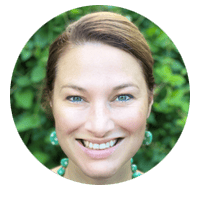
Joanna Kretzer Chun is the Director of Program Quality for World Relief’s International Programs. She leads a team of global technical advisors who support programs spanning health and nutrition, savings, agriculture, child development and protection and couples’ strengthening. With over fifteen years of international development experience, Joanna holds master’s degrees in Intercultural Studies and Family Studies from Fuller Seminary and a BA in Foreign Affairs from the University of Virginia. She resides with her family in Washington, DC.

